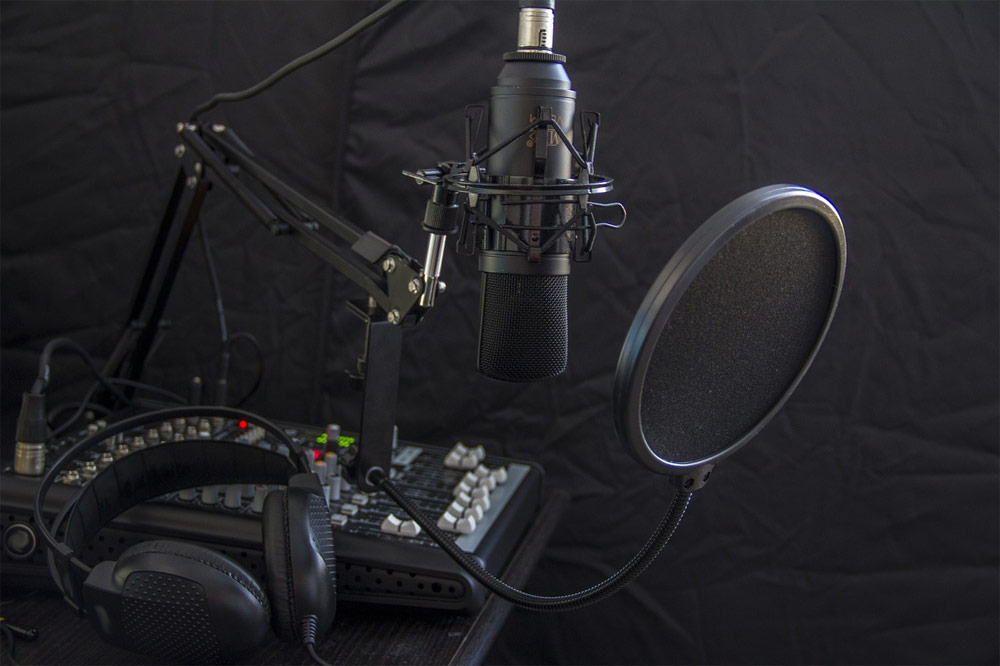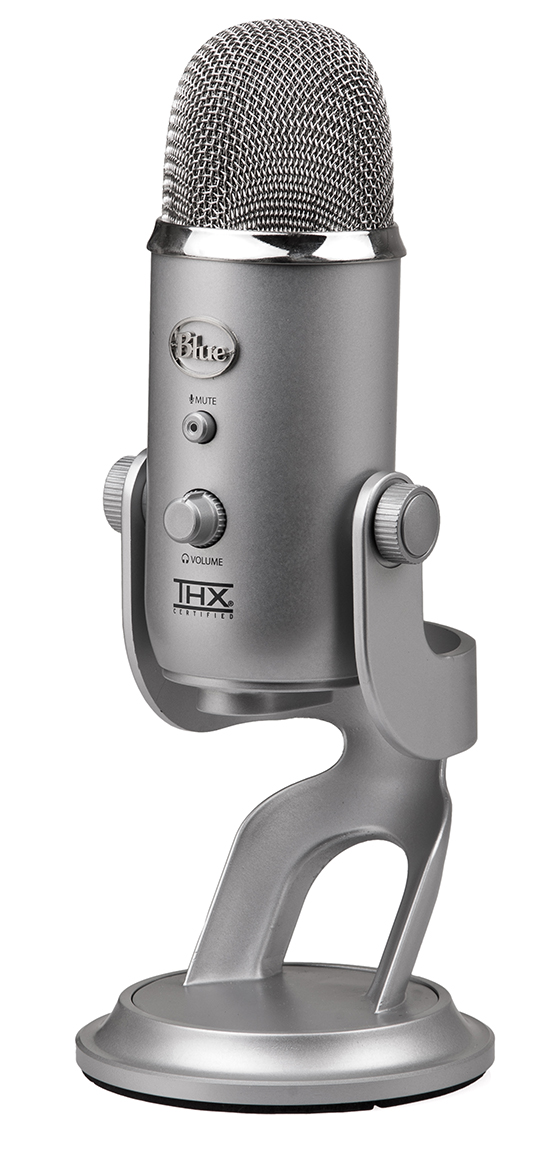Why Your Radio Station Should Use Dacast
Broadcast radio remains incredibly popular. With the internet, radio broadcasting has only increased its reach. And radio broadcasting over the Internet is more popular with listeners and provides an array of advantages over traditional radio transmission.
- Why Broadcast Radio Online?
- How Online Radio Works
- Radio with Dacast
- Final Thoughts
Radio stations broadcasting over the internet enable more people to listen. With this increased radio reception, it can be accessed by more people in more locations worldwide. Furthermore, this next generation of digital radio can enable the audio of passionate broadcasters to reach more ears and thusly gain more listeners to their programs than would otherwise have been possible.
In this article, we’ll cover how to effectively broadcast live radio today. We’ll discuss the best practices for engineers and producers. Equipped with this information, your radio station will be up and running in no time.
How Online Radio Works
Online radio broadcasts consist of three main parts.

The first is the source: that’s you or your broadcasting organization. The source’s main job is to provide a stream of live audio content that’s appropriate for your station. This can consist of live audio being taken from a microphone or playlists of previously recorded content like music, interviews, and conferences.
The second element of the online radio is the server. The server takes your audio stream, replicates it at different bitrates (for listeners with various Internet connection speeds), and delivers it to listeners around the world.
The final element of broadcasting online radio is the listener. With Internet radio, this can be anyone with an Internet-connected device, anywhere in the world.
Technical Basics
To stream live audio over the Internet, your stream needs to be compressed (in order to reduce file size) and uploaded to the server. This process requires some specialized software, but it’s quite easy to set up.
The simplest software package for this purpose is Winamp with the Nullsoft SHOUTcast Source plugin. Available for both Windows and Mac, this software is free and easy to use.
Another free option for Mac is LadioCast, which has features including Icecast, RTMP, and SHOUTcast audio source streaming, support for multiple servers, and encoding to OGG, AAC, and other variations.
Two more professional options suitable for Internet radio stations are SAM Broadcaster Cloud and Broadcaster Pro, which are available for both a subscription ($5 per month) and a flat rate ($299). These packages offer a wide range of features including advanced audio processing, multiple player decks, streaming in multiple formats, listener statistics, and more.
Other Requirements

The other elements of a successful live audio broadcast include a good microphone and a solid Internet connection. USB microphones are widely available and deliver good audio quality in an affordable package. The Wirecutter argues that the Blue Yeti is the best USB mic available today, and it currently retails for about $110.
An adequate Internet connection for live streaming should have an upload speed at least twice as fast as the maximum bitrate of your broadcast. For example, if you plan to broadcast your stream in the three common qualities (24k low quality, 64k medium, and 128k high quality), you should have an upload speed of at least 256 kbps (that’s kilobits, not kilobytes).
We’d recommend that you don’t actually broadcast Internet radio without an upload speed of around 1 Mbps, just to be safe. For additional speed and reliability, it’s best to use a cabled Ethernet connection instead of Wi-Fi, as it produces a more reliable stream.
Radio with Dacast
Broadcasting radio online requires a media server to deliver your audio stream to listeners located around the world. This requires that you either set up a server infrastructure of your own (which is tedious, time-consuming, and expensive) or purchase one from a host.
Dacast is a streaming host that provides servers for a wide variety of online radio broadcasters, in addition, to live video broadcasters. Dacast is packed full of exciting features that runs natively. Dacast provides broadcasters with professional radio software which enables seamless use of audio equipment. With Dacast, any company or individual can broadcast radio waves worldwide.
Speed
To deliver HD radio and audio streams, Dacast leverages the Akamai network of global servers—more than 100,000 high-speed servers located in every major city and Internet hub globally that can stream content at high speed by finding the least-congested and most direct path for your traffic.
Playlists and Packages
For including previously recorded content in your radio broadcast, playlists are the most convenient and simple method. M3U8 support means that live Internet radio on Dacast can include a playlist of content scheduled in advance.
Packages allow for a variety of content to be placed within a single audio player window. This allows for a variety of other value-added options that can be accessed by the user from an in-window menu in the audio player.
Geographic Restrictions Support
One common issue with online radio is geographic restrictions relating to licensing of specific pieces of media like music and advertisements.
These restrictions have prevented many radio stations from going online, but Dacast offers a way to get around this issue: a set of IP restriction tools that prevent your live radio stream from being accessed outside of countries that you specify. Or, if you simply want the biggest audience, you can open your stream to anyone.
Subscriptions and Monetization
With support for a wide range of advertising providers through the Dacast API, you can monetize your broadcast using our built-in payment system that allows you to make your events pay-per-view, sell subscriptions, or simply solicit donations from your listeners.
Getting Online Today
Dacast is a simple, plug-and-play system that is easy to set up, use and be heard today. Our free trial enables you to get your system online and test out the technology without having to shell out a single penny (or even your credit card number).
Final Thoughts
Whether you’re a beginner, a pro, already involved in traditional broadcast radio or looking to get in on the game, your radio stations should use Dacast. With Dacast’s array of exciting features, you can broadcast HD radio sound worldwide.
Broadcasting your radio programs with Dacast is quick, streamlined and seamless – and your listeners will hear the difference. Dacast’s is a streaming host system that broadcasts without the fuss. In addition, Dacast is built for both radio broadcasters and live video broadcasters. In this respect, Dacast makes using and switching between these two methods of transmission quick and easy.
Reach more listeners on a wider spectrum and Dacast for free today. Sign-up for free and try all the platform’s features for 14 days. There’s no commitment and no credit card is required.
Try free today
Broadcasting radio online requires a media server to deliver your audio stream to listeners located around the world. This requires that you either set up a server infrastructure of your own (which is tedious, time-consuming, and expensive) or purchase one from a host.
Dacast is a streaming host that provides servers for a wide variety of online radio broadcasters, in addition, to live video broadcasters.
 Stream
Stream Connect
Connect Manage
Manage Measure
Measure Events
Events Business
Business Organizations
Organizations Entertainment and Media
Entertainment and Media API
API Tools
Tools Learning Center
Learning Center Support
Support Support Articles
Support Articles